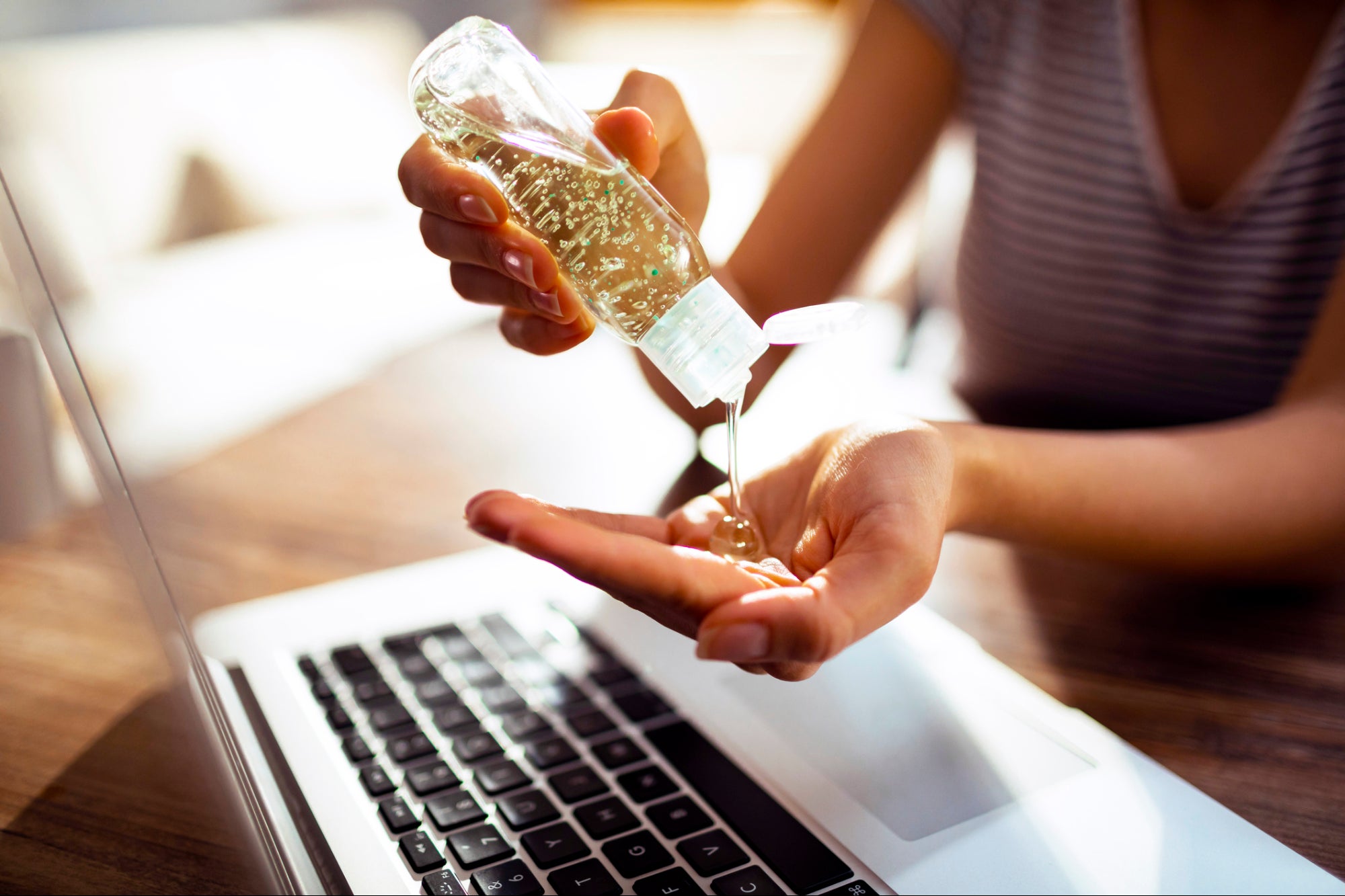Unlike the rest of the world, Global Handwashing Day didn’t make much an impact in the U.S. this year. Here’s why our over-reliance on hand sanitizer needs to stop, and how brands can help.
5 min read
Opinions expressed by Entrepreneur contributors are their own.
In all but 10 U.S. states Covid-19 cases are on the rise, but across the country handwashing practices are…declining? Unfortunately, yes. According to a new study by the American Cleaning Institute (ACI), handwashing frequency has dropped by 14 percentage points since the onset of the pandemic. At the same time, the rate of hand sanitizer use has risen — from 46 percent in March 2020, to 62 percent in September.
Even amid the pandemic, Global Handwashing Day — celebrated earlier this month on October 15 — has generated very little buzz in the U.S. compared with the rest of the world. Do a Google news search for “Global Handwashing Day,” and you will find dozens of articles from India, the UK, Australia and Canada, but few if any from the U.S. media.
This might be because hand sanitizer, which is easy to use and requires no water or drying, has taken over as Americans’ preferred approach to keeping hands clean in the pandemic. Everywhere — doctors’ offices, takeout food spots, the hair salon, grocery stores, the gym (if it’s open) — there are large jugs of hand sanitizer available at the door. Who needs the hassle of soap, water and towels when you can just rub a quick dollop of sanitizer in your palms? Having launched Global Handwashing Day in 2008 while at Unilever, my answer is: Everyone does.
Handwashing with soap is a far more effective way than hand sanitizer to prevent the virus’ spread. Soap actually removes the virus from skin. The virus sits in an envelope of grease, and soap strips away the envelope. Losing the envelope renders the virus useless. To achieve the same effect as soap with sanitizer, you would need to immerse your hands in large amounts of it.
However, I fear this fact is getting overlooked in the U.S. And as someone whose career is based on helping brands improve health outcomes through mass behavioral change, I believe that brands can and should step in to help set the record straight and reverse the trend.
Brands have already proven that they can get the world to wash their hands. When I spearheaded Global Handwashing Day, it was through Unilever’s Lifebuoy soap brand in collaboration with a number of other, competing soap brands. In its first year, over 20 million children participated. It ultimately shifted the hygiene habits of millions of people around the world. The Lifebuoy team recently announced that it has reached 1 billion people, one year ahead of the original target date. To mark Global Handwashing Day 2020, Unilever-Lifebuoy has launched the “H for Handwashing” campaign to help handwashing get the attention it deserves by teaching children who are learning the alphabet to associate the letter “H” with the sound that begins the word “handwashing.” But for this to be truly impactful, it will need to be adopted by ministries of education and integrated into the curriculums.
Lixil company has come up with Sato Tap, a convenient, portable handwashing station that uses minimal water and requires minimal contact. This is especially important because 40 percent of the world’s population does not have access to handwashing facilities. Other examples of steps brands are taking to promote the practice of handwashing include Hilton’s initiative to recycle one million bars of soap for Global Handwashing Day, Soapbox’s donation of 20 million bars of soap and Savlon’s #TheHiddenMonsters initiative. A few soap brands have gotten innovative: Lush has designed a bar of soap made to last exactly 30 seconds — just the right amount of time for health and hygiene — and Verve has developed a competing 20-second soap bar.
But hand sanitizer brands are still ahead in terms of shaping consumers’ habits. Early on in the pandemic beauty brands such as Estée Lauder and L’Oreal started producing and marketing hand sanitizer. Sanitizer brands have capitalized so effectively that early on Facebook had to ban ads for them to help protect against inflated prices and the predatory behavior it was seeing.
This year, Global Handwashing Day is a call to action for soap brands. It’s time for brands to step up to the plate and:
- Design more innovative, convenient soap products that reach all strata of the population
- Partner with water services suppliers and companies like Lixil and its Sato Tap or manufacturers of water coolers and dispensers to promote easy access to water for handwashing so that we might soon see as many washing stations as hand sanitizer stations.
- Engage with communities, governments and NGOs to educate the public about the advantages of handwashing and create opportunities to make it as simple and widely available as possible.
- Leverage their resources and marketing know-how to lead advertising and communications campaigns that spread the handwashing message.
Taking these steps now and throughout the coming year will help us all move toward a happier and healthier Global Handwashing Day in 2021.







